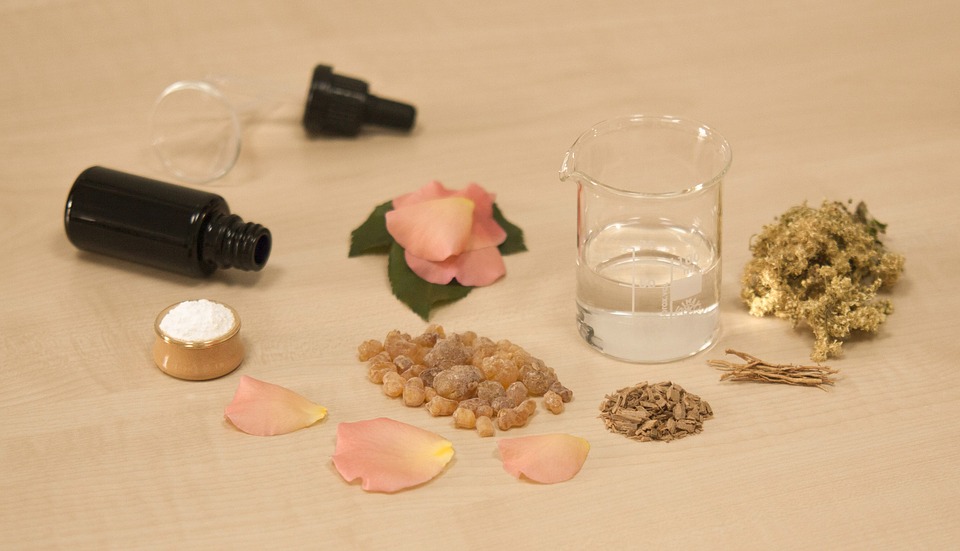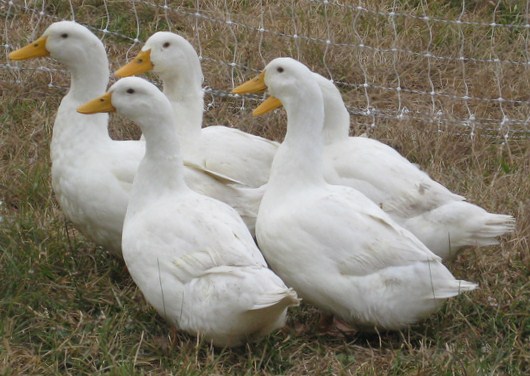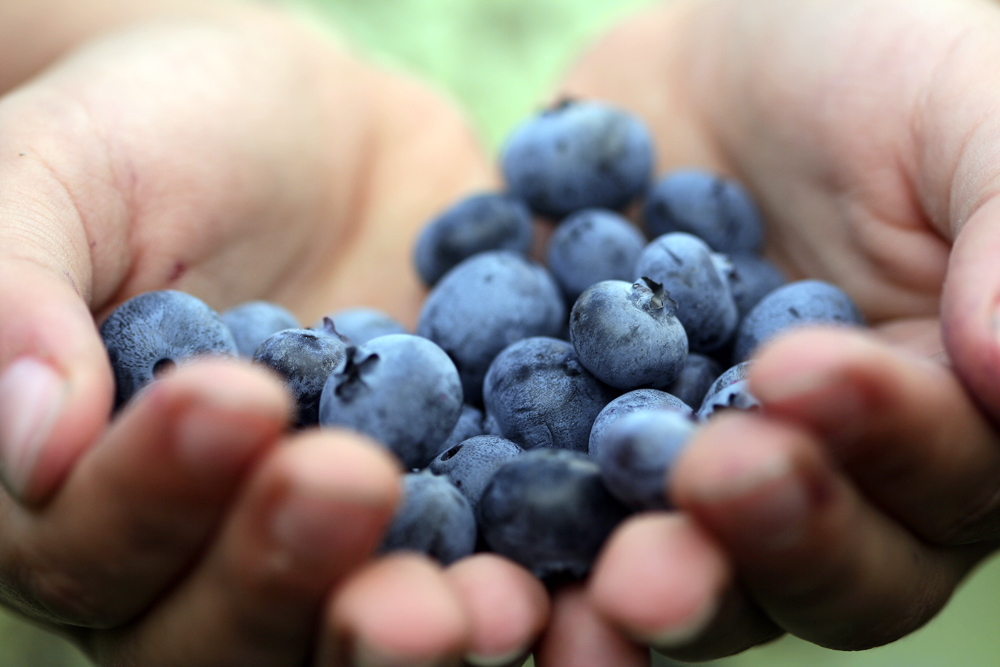Easiest Herbs to Grow for Tea
Herbal tea can be very calming, invigorating and of course, healing. These days, however, a lot of major herbal tea brands that have become staples in homes and health food stores unfortunately have added ingredients like natural flavors and soy lecithin. The good news is, there’s several easy and delicious options for homemade herbal tea! … Read more








